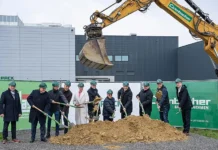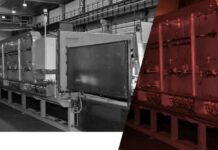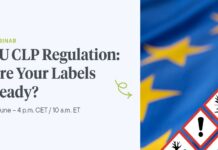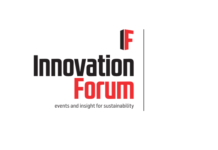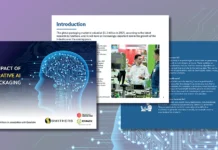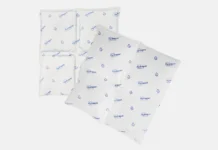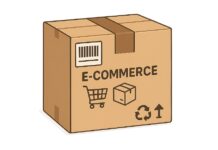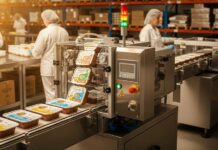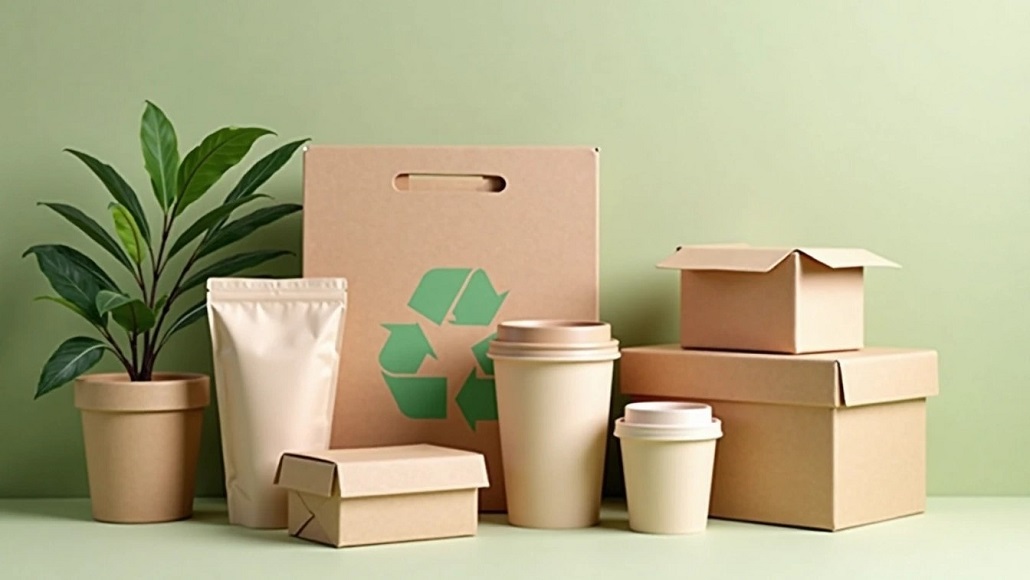Supply chain disruption, changing consumer anticipations, and also energy price volatility have all placed the worldwide paper and packaging sector at a crossroads. Once considered as comparatively a stable sector, the paper and packaging sector today faces the structural transitions and also rising intricacies.
Be it recycled packaging trends or the transformations that are taking place digitally, companies throughout the value chain are facing the challenge to rethink certain long-held assumptions and also build a stronger resilience.
How about balancing sustainability along with commercial pressures?
It is well to be noted that sustainability is no longer a niche concern, but it is a baseline anticipation. Brands as well as consumers are looking forward to eco-friendly packaging materials, thereby pushing the manufacturers to speed up their innovation within recyclable, compostable, as well as reusable options. Still meeting such demands and at the same time remaining profitable is indeed a tough ask, and even the balancing act looks difficult.
Interestingly, paper-based packaging happens to remain a very robust contender when it comes to the sustainability race because of its biodegradability as well as renewability. But sourcing the certified sustainable fiber, maintaining a consistent quality, and also ensuring traceability have gone on to add to operational complexity and even expense.
Besides this, competition coming from recycled paper, especially high-grade and post-consumer waste, has gone to drive up the prices and also tighten the supply. Due to this, businesses are increasingly assessing the environmental as well as economic trade-offs when it comes to paper packaging.
Simultaneously, regulatory landscapes are also tightening. The Packaging and Packaging Waste Regulation (PPWR) of the European Union, for instance, has gone on to set ambitious recycling targets and also restrictions when it comes to single-use formats. Taking into consideration such rules while, at the same time, adjusting to the consumer trends that are shifting, such as the move towards minimalist packaging, does require flexible and future-facing strategies.
Adapting positively to the volatility in demand and also the supply chain stress
It is well to be noted that one of the most consistent challenges when it comes to the paper and packaging sector happens to be demand unpredictability. The COVID-19 pandemic, for that matter, went on to introduce erratic consumption patterns, right from e-commerce booms to dips within office paper usage.
These kinds of effects do linger, thereby leaving companies grappling with prediction and also capacity planning.
While the demand when it comes to corrugated cardboard as well as flexible packaging has risen because of online retail as well as food delivery services, traditional print as well as graphic paper segments have suffered due to a consistent decline. Manufacturers, which once specialized in a particular category, are looking forward to flexible production models so as to adapt to the demand shifts in a more efficient way. There are some who are repurposing the present mills or even investing in modular machinery so as to switch between substrates based on the market requirements.
Supply chain fragility has gone on to compound these pressures even more. Growing energy costs, especially across Europe, have inflated the expenses of production, specifically in terms of paper mills, which depend on natural gas or electricity-intensive processes.
There is a heightened urgency in terms of diversification as well as localization strategies, which has taken place due to transport disruptions, global geopolitical issues, and also shortages within raw materials such as pulp. There are businesses that are now rethinking their supply collaborations and also inventory models and are often embracing digital supply chain solutions so as to enhance their visibility along with responsiveness. Elements such as dual sourcing, strategic stockpiling, and also investment within regional hubs are now becoming a norm so as to mitigate risks.
Taking care of innovation along with digital transformation
It is worth noting that innovation has become pretty essential so as to stay competitive in a landscape that is very disrupted. Right from digital printing to advanced packaging, automation organizations are seeking technologies that can offer agility, savings in costs, and also efficiency. Automation, especially, has grown in terms of appeal as it helps to address labor shortages and also enhance quality control throughout the packaging lines.
Digital twins along with predictive maintenance tools are also gaining ground, specifically when it comes to paper manufacturers who are looking to reduce their unplanned downtime and also enhance the performance of the mill. Smart packaging, which happens to be embedded with sensors or even QR codes, is yet another area of fast growth, which has enabled traceability along with interactive customer experiences. While all these features were once seen as exclusivity, they are now becoming powerful tools when it comes to elevating the transparency and even the brand trust.
Interestingly, data-driven decision-making happens to be also transforming the packaging design as well as development. Through leveraging analytics along with consumer insights, brands are now refining their packaging in order to decrease the waste, enhance the shelf appeal, and also optimize the logistics. Lightweighting, or decreasing the amount of material that is used without compromising on the functionality, has gone on to emerge as a major sustainability strategy along with cost deduction.
In addition to this, collaboration across the value chain, right from raw material suppliers to retailers, is also helping with a much faster innovation cycle.
Elements such as multi-stakeholder sustainability collaborations, open platforms, and even research initiatives that are shared are helping to drive a more connected ecosystem, which is well equipped so as to tackle intricate barriers.
Charting a Resilient Future
The fact is that we really cannot call this turbulence that the paper and packaging industry is at present facing a temporary phase. What started as a series of short-term drawbacks has gone on to evolve as a spectrum that is defined by a permanent change. Still, this disruption happens to present an opportunity so as to modernize the operations, sync well with the environmental objectives, and also reimagine packaging to be a value driver and not only a commodity.
It is well to be noted that the companies that thrive will be those that embrace sustainability not like an obligation, but as a competitive advantage. They are going to prioritize flexibility, invest in future-ready tech, and also maintain a very deep understanding when it comes to consumers as well as regulatory transitions.
Apparently, navigating when it comes to paper and packaging may be intricate, but for the businesses that are adaptable as well as forward-thinking, the future remains filled with striking possibility.




